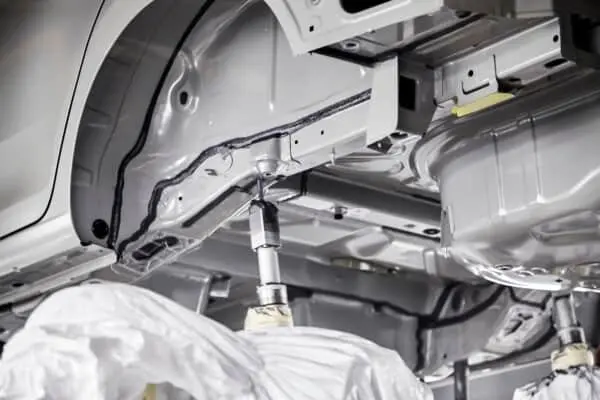Selecting the appropriate adhesive is fundamental in metalworking and fabrication to ensure the creation of robust and lasting connections. Whether engaged in DIY endeavors or industrial tasks, grasping the unique characteristics of various metal adhesives proves indispensable. This guide aims to delve into the plethora of adhesives apt for metal bonding and offer insightful advice on choosing the most suitable option for your specific requirements.
Understanding Metal Adhesives
Metal adhesives, also referred to as metal bonding adhesives or metal glues, are designed with a specific formula to establish robust connections between metal surfaces. These adhesives provide numerous benefits over conventional joining techniques such as welding or soldering. They bring versatility, user-friendliness, and the unique capability to bond different types of materials together.
Types of Metal Adhesives
- Epoxy Adhesives: Epoxy adhesives are popular choices for bonding metals due to their exceptional strength and resistance to heat and chemicals. They consist of two components – resin and hardener – which must be mixed before application. Once cured, epoxy adhesives form rigid bonds that are resistant to moisture and temperature fluctuations.
- Cyanoacrylate Adhesives (Super Glue): Cyanoacrylate adhesives, commonly known as super glue, are fast-acting adhesives that bond quickly to metal surfaces. They are ideal for bonding small metal parts and provide high strength in a matter of seconds. However, they may not be suitable for load-bearing applications or environments with high temperatures.
- Polyurethane Adhesives: Polyurethane adhesives offer excellent flexibility and impact resistance, making them suitable for bonding metals subjected to vibration or thermal expansion. They form durable bonds with a wide range of metals and are resistant to water and chemicals.
- Anaerobic Adhesives: Anaerobic adhesives are ideal for bonding metal parts that fit closely together. They cure in the absence of air and are commonly used in applications such as threadlocking, pipe sealing, and gasketing. Anaerobic adhesives provide strong, vibration-resistant bonds and can withstand harsh environments.
- Structural Acrylic Adhesives: Structural acrylic adhesives are designed for bonding metals and other materials in structural applications. They offer high strength, excellent adhesion to metals, and rapid curing times. Structural acrylic adhesives are often used in automotive, aerospace, and construction industries.
Tips for Choosing the Right Adhesive
- Consider the Application: Determine the specific requirements of your application, including load-bearing capacity, temperature resistance, and environmental conditions.
- Surface Preparation: Proper surface preparation is essential for achieving strong adhesive bonds. Clean the metal surfaces thoroughly to remove dirt, grease, and rust before applying the adhesive.
- Compatibility: Ensure that the adhesive is compatible with the materials you are bonding. Some adhesives may not adhere well to certain types of metal or may react with specific coatings or finishes.
- Curing Time: Consider the curing time of the adhesive and how it aligns with your project timeline. Some adhesives cure rapidly, while others may require longer curing times for optimal bond strength.
- Testing: Whenever possible, conduct adhesive compatibility and bond strength tests on sample pieces before applying the adhesive to your final project.
- Safety Precautions: Follow the manufacturer’s instructions and safety precautions when handling and applying metal adhesives. Some adhesives may contain harmful chemicals or emit fumes during curing.
Conclusion
Selecting the right adhesive for metal bonding is pivotal to ensure strong, lasting connections for a variety of applications. The first step in this critical selection process is understanding the array of metal adhesives available in the market. This guide is designed to offer a thorough overview of these adhesives, including epoxies, polyurethanes, cyanoacrylates, and silicones, each with distinct properties tailored to meet specific bonding needs. By following the practical advice provided here, you will be well-equipped to choose the adhesive that best fits your unique requirements. It’s important to consider several factors in your decision-making process, such as the types of metals being bonded, the environmental conditions the bond will face, and the strength demands of the final bond. Whether your projects involve repairing vital metal components in machinery, creating new designs, or producing precise, detailed artwork, the selection of the adhesive is crucial.

